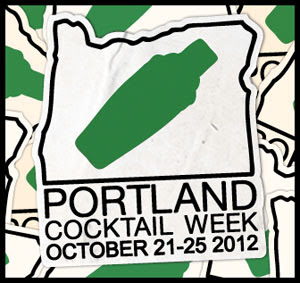
The first talk of the day on Wednesday at Portland Cocktail Week was given by Jennifer Farrington who I know best as the main photographer for
Left Coast Libations amongst other projects. The title of her talk was "Drink Porn 101: Know Your ISO from Your Aperture."
Even though most photography these days is done with digital cameras instead of film-based ones, the basic concepts are still the same. The key to the image is the exposure which is all about the light or balancing the light and the dark.
ISO (or ASA): A measure of the film or sensor's light sensitivity. The higher the number, the more sensitive.
• Big ISO = grainier, more pixelated image
• Small ISO = tighter image
• If in low light = want a big ISO
• If in bright light= want a small ISO
Shutter Speed: The amount of time light is captured. Expressed as 1/x seconds.
• Small shutter speed = longer time open so blurry, light drag (i.e.: 1/2 second)
• Big shutter speed = shorter time open so sharp, freeze action (i.e.: 1/1000 second)
• Low light = want smaller shutter speed
• Bright light = want bigger shutter speed
Aperture: The size of the opening letting in light once the shutter opens.
• Small aperture (i.e. f2.8) = big hole, shallow depth of field
• Big aperture (i.e. f32) = small hole, wide depth of field
• Low light = small aperture needed
• Bright light = big aperture needed
Jennifer offered up a handy way to understand aperture. By making a small hole by curling over your index finger, hold your thumb out about 8 inches away. Note how you can focus on both your thumb and the distant wall in the background (i.e.: small hole, wide depth of field). Now open that hole up by sliding your curled index finger closer to that hand's thumb. Repeat the viewing of the other hand's thumb and the wall; note how you have to make a choice on which to focus on (i.e.: big hole, shallow depth of field).
Light:
• Get it. Beg, borrow, steal it.
• McGyver it using a light box, flashlights, smart phones, laptop with a white screen, candles, tea lights, walls, and windows.
• Utilize coasters for contrast. White will bounce light onto the glass and help.
• When using a flash, it will blow out what is closest. Put something dark behind the object so it will not be blown out.
• On-camera flash will often flatten the image. Trying to bounce the light can help.
• Detached flash at different angles and distances from the camera can produce a variety of effects.
Stabilize the camera:
• If you must shoot at small (slow) shutter speeds, stabilizing the camera is essential.
• Go in tight with the body (such as arms against the chest) for stability.
• Ground yourself (à la yoga)
• Setting the camera's timer so there is no jostling in pushing the button.
Shooting Angle:
• To personify the bottle, shoot upward at it.
• To make a person look heroic, shoot upward.
• To make a person look more flattering, shoot downward.
Digital Settings:
• Web: 72 dpi
• Print: 300 dpi
• Tif with LZW compression is the most popular file format.
To tell a narrative, perspective, scale, angle, distance (close up vs. panorama) will all play a role.


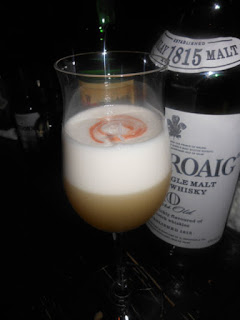

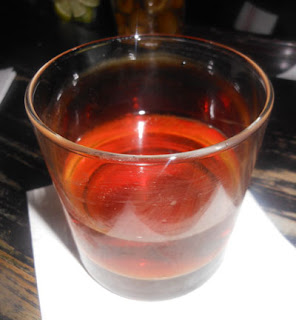

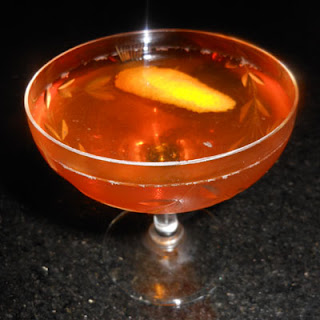

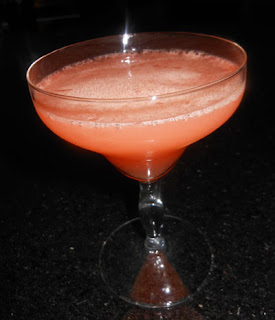
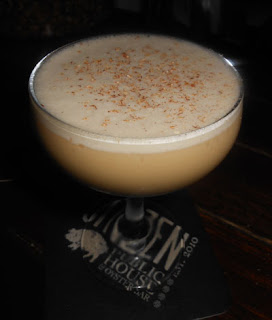

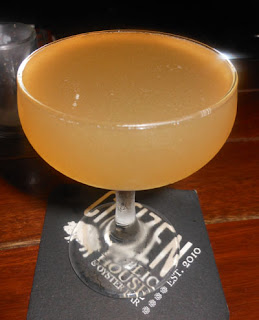



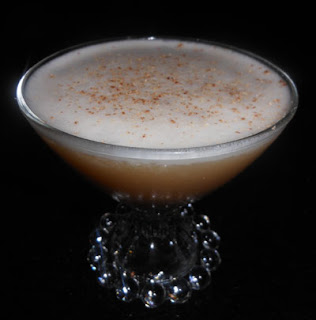



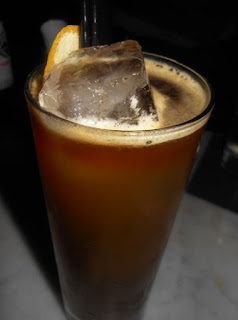
 This month's
This month's 




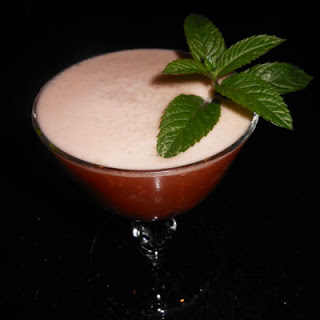



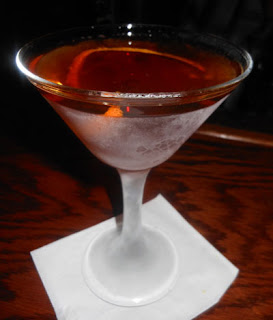
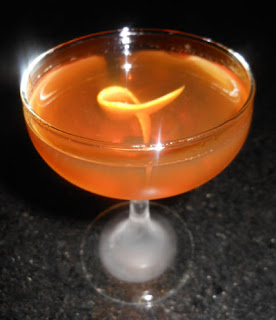
 After reviewing Stephanie Schorow's
After reviewing Stephanie Schorow's 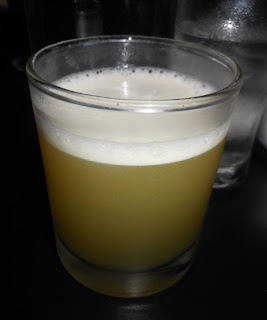
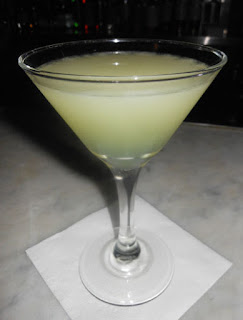



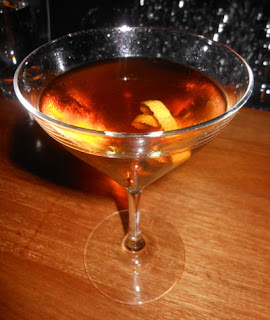

 After my talk on Wednesday at Portland Cocktail Week, there was a Drink-Write seminar on how to make the transition from blogger to writer. The three panelists were Lou Bustamonte of SFWeekly, TastingTable, and Food&Wine, Paul Clarke of CocktailChronicles, Imbibe, and TastingTable, and Greg Harned of SeriousEats and Hoochlife. Instead of writing out the quotes and comments chronologically, I will organize them by speaker:
After my talk on Wednesday at Portland Cocktail Week, there was a Drink-Write seminar on how to make the transition from blogger to writer. The three panelists were Lou Bustamonte of SFWeekly, TastingTable, and Food&Wine, Paul Clarke of CocktailChronicles, Imbibe, and TastingTable, and Greg Harned of SeriousEats and Hoochlife. Instead of writing out the quotes and comments chronologically, I will organize them by speaker:
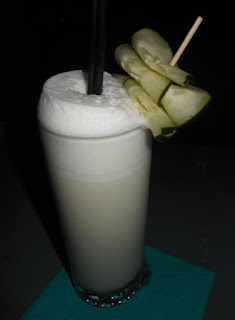


 The 2017 collection of 855 drink recipes, bartender tributes, and essays on hospitality from CocktailVirgin's Frederic Yarm. Available at
The 2017 collection of 855 drink recipes, bartender tributes, and essays on hospitality from CocktailVirgin's Frederic Yarm. Available at  The 2012 collection of 505 drink recipes, techniques, and Boston bar recommendations from Frederic Yarm. Available at
The 2012 collection of 505 drink recipes, techniques, and Boston bar recommendations from Frederic Yarm. Available at 




